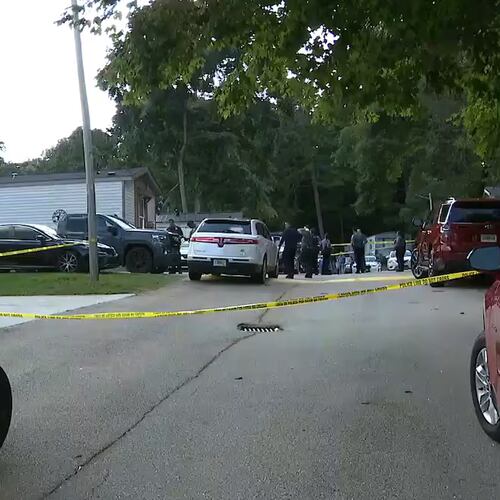Information: experiencepisgah.org or 678-336-3443.
Four years ago, when Trey Arnette took over as the head of middle school at Mount Pisgah Christian in Johns Creek, he immediately noticed something missing from the otherwise challenging and well-rounded curriculum. He looked at other independent and public middle schools in the area and saw they, too, were lacking what he viewed as a key educational component.
“Recess was just not there anymore,” said Arnette. “So much is crammed into the academic day that recess is the easiest thing to kick out.”
Getting that sorely-needed break time back on the daily schedule became Arnette’s mission. It took three years, but last fall, he succeeded in adding a 30-minute recess period to the middle school day that goes from 7:45 a.m. to 3:15 p.m.
“We had to pull minutes away that were allocated to other places so we could have a half hour in the middle of the day,” said Arnette. “We skimmed minutes here and there to build an hour block that lets half the middle school go to lunch while the other half goes to recess, then they flip.”
Along with working out the time puzzle, Arnette launched a public relations campaign for recess. “It was a sales job to change people’s perceptions,” he said. “They worried it would deteriorate our academic offerings, that we were prioritizing play over academics. In fact, by pulling the nervous energy out of the classroom, we could improve academics and not have to tell that boy who wants to get up to sharpen a pencil for the seventeenth time to sit down. I had to earn the trust of the faculty by assuring them the minutes I took would make up for the time they spent trying to get kids to settle down.”
Arnette said the research about best teaching practices for adolescents supports the need for a cognitive break.
“That research shows that boys want to move, and girls want to socialize,” he said. “Kids are going to do that, no matter what you put on the schedule. They’ll do it in class, in the hallways and on their laptops. With recess, we could allocate a part of the day to those things.”
Knowing that they can relax at recess has made students more focused in the classroom, so much so that disciplinary problems have all but vanished.
“Our demerit system has practically been mothballed,” said Arnette. “And there have been little changes. For instance, sixth graders who had been confined all day ran everywhere. Now, they walk.”
Seventh-grade teacher Heather Parker has seen the change recess has made in her 16 students.
“Recess has curbed many disciplinary problems,” she said. “Having that time allows them to do whatever they’d like — run around and blow off steam or chat with friends. When they come back to class, they may be hot and sweaty, but they’re pretty focused.”
The break also gives Parker a chance to relax as well. “Sometimes I’ll take a walk,” she said. “Some teachers will throw balls with the kids, hit wiffle balls or kick soccer balls. It gives us all a break.”
The feedback from the 180 middle schoolers has been positive as well, said Arnette.
“If we tried to take it away, we’d have mass rioting,” he said with a laugh. “Unfortunately, when our eighth graders go onto ninth, they get a shock when they find out there’s no recess.”
About the Author
The Latest
Featured

